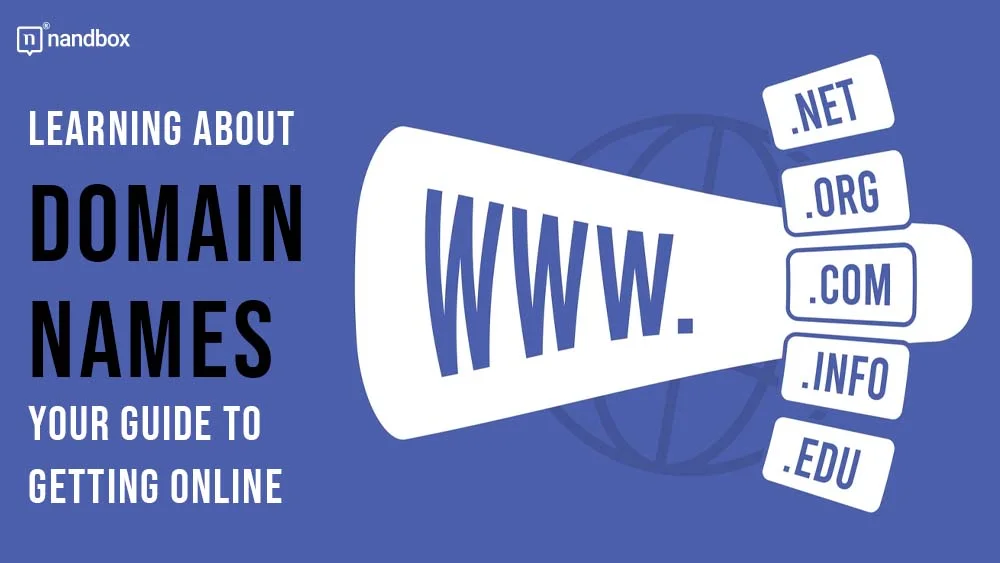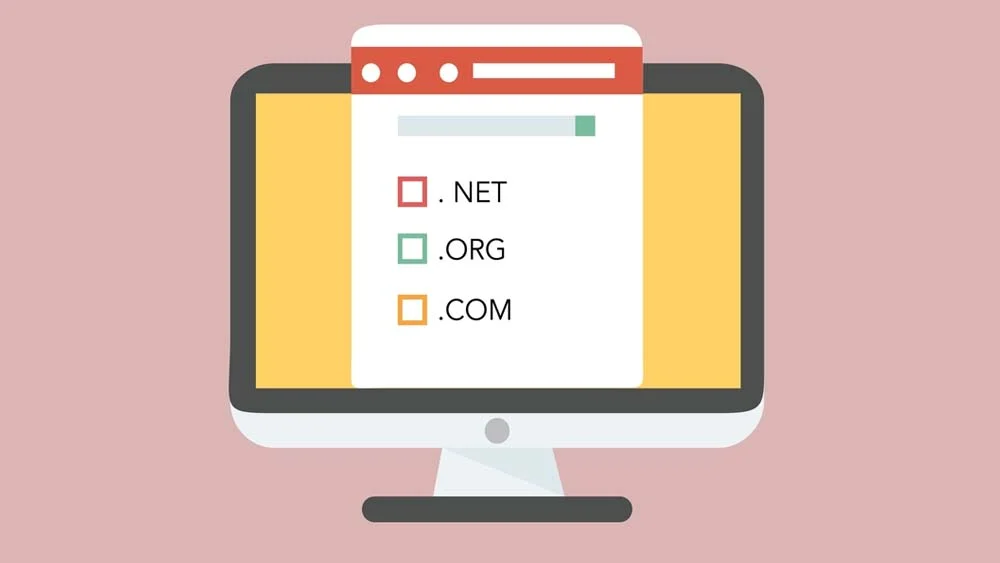A domain name is like an address for a website. Just like your home has an address that helps people find it, a domain name helps people find a website on the internet. For example, “google.com” is the domain name for Google’s website.
Domain names make it easy for people to visit websites. Instead of typing in a bunch of numbers (which is what computers use), we can type in words that are easy to remember.
Parts of a Domain Name
Domain names have different parts:
- Top-Level Domain (TLD): This is the last part of the domain name, like “.com”, “.org”, or “.net”.
- Second-Level Domain: This is the main part of the domain name that comes before the TLD. For example, in “google.com”, “google” is the second-level domain.
- Subdomain: Sometimes, there’s an extra part before the main domain name. For example, in “mail.google.com”, “mail” is a subdomain.
Why Domain Names are Important
Domain names are important for several reasons:
- They Make Websites Easy to Find: Good domain names are short and easy to remember. This helps people find your website without trouble.
- They Build Trust: A professional domain name can make your website look more trustworthy.
- They Help with Branding: Your domain name can be part of your brand. It can help people remember your business or project.
- They Can Improve Search Results: A good domain name that matches what your website is about can help it show up better in search results.
How to Choose a Good Domain Name
Picking a good domain name is important. Here are some tips:
- Keep It Short: Shorter names are easier to type and remember.
- Make It Easy to Spell: Avoid words that are hard to spell. This will help people find your site easily.
- Use Keywords: Try to include words that describe what your website is about. If you’re having trouble coming up with ideas, try a domain naming tool to spark inspiration and find available options.
- Avoid Numbers and Hyphens: These can make domain names harder to remember and type.
- Think About the Future: Choose a name that will still work if your website or business grows or changes.
- Check if It’s Available: Make sure no one else is already using the name you want.
You can use a domain name search tool to see if the name you want is available.
Different Types of Domain Extensions
The last part of a domain name is called the extension or Top-Level Domain (TLD). There are many types:
- .com: This is the most common and often the best choice for businesses.
- .org: Often used by non-profit groups.
- .net: Originally for network companies, now used by many different websites.
- Country Code TLDs: These end with a country code, like .us for United States or .uk for United Kingdom.
- New TLDs: There are now many new options like .blog, .shop, or .tech.
How to Register a Domain Name
Once you’ve chosen a domain name, you need to register it. Here’s how:
- Choose a Domain Registrar: This is a company that manages domain name registration. There are many to choose from.
- Check Availability: Use the registrar’s search tool to see if your chosen name is available.
- Select Your Domain: If it’s available, add it to your cart.
- Choose Registration Length: You can usually register a domain for 1 to 10 years.
- Provide Your Information: You’ll need to give some personal details.
- Pay for Your Domain: Prices can vary depending on the domain and registrar.
- Complete the Registration: Follow the final steps to finish registering your domain.
Domain Name Privacy
When you register a domain, your personal information becomes public. Anyone can look it up. If you want to keep your information private, many registrars offer privacy protection services. This hides your personal information from public view.
Managing Your Domain Name
After you register a domain name, you need to manage it:
- Renew on Time: Don’t forget to renew your domain before it expires.
- Keep Your Contact Info Updated: Make sure the registrar can reach you if there are any problems.
- Consider Auto-Renewal: This can prevent you from accidentally losing your domain.
- Protect Your Account: Use strong passwords and two-factor authentication if available.
Domain Names and Websites
Having a domain name doesn’t mean you have a website yet. Here’s what else you need:
- Web Hosting: This is like renting space on the internet for your website files.
- Website Builder or CMS: This helps you create your website content.
- DNS Settings: This connects your domain name to your web hosting.
Common Domain Name Problems
Sometimes, you might have trouble with your domain name:
- Domain Taken: Someone else might already have the name you want.
- Cybersquatting: Sometimes people buy domain names just to sell them for a high price.
- Typosquatting: This is when someone registers a domain name that’s a common misspelling of a popular website.
- Domain Hijacking: This is when someone takes control of your domain name without permission.
Domain Names for Business
If you’re using a domain name for business, keep these things in mind:
- Match Your Business Name: Try to get a domain that matches your business name.
- Consider Multiple Domains: You might want to register variations of your domain to protect your brand.
- Use a Professional Email: An email address that uses your domain name looks more professional than a free email service.
- Think About Trademarks: Be careful not to use domain names that might infringe on someone else’s trademark.
The Future of Domain Names
Domain names continue to change and evolve:
- New TLDs: More new domain extensions are becoming available.
- Internationalized Domain Names: These allow domain names in different languages and writing systems.
- Blockchain Domains: Some new domains use blockchain technology for more security and control.
Conclusion
Domain names are a key part of how the internet works. They help people find websites easily and are important for businesses and individuals online. By understanding how domain names work, you can make better choices for your own web presence.
Choosing and managing a domain name is an ongoing process. Take your time to pick a good one, keep it renewed, and use it to help build your online identity. With the right domain name, you’re taking an important step in creating your space on the internet.





